Tucson, Arizona, is a city located in the southwestern United States and is known for its unique blend of urban development and natural beauty. Here is a description of urban development in Tucson:
- City Layout: Tucson’s urban development is characterized by a grid-like layout, with streets that follow a north-south and east-west orientation. The city is divided into numerous neighborhoods, each with its own distinct character and style of development.
- Historical Architecture: Tucson has a rich history, and this is reflected in its architecture. You can find a mix of historical adobe buildings, Spanish colonial-style architecture, and modern structures. The Barrio Historico in downtown Tucson, for example, showcases well-preserved adobe homes dating back to the 19th century.
- Downtown Revitalization: Tucson’s downtown area has undergone significant revitalization efforts in recent years. The city has focused on making downtown a vibrant and pedestrian-friendly area with a wide range of restaurants, shops, and cultural venues. Notable developments include the modern streetcar system, the Mercado San Agustin, and the expansion of the Tucson Convention Center.
- Sustainable Development: Tucson places a strong emphasis on sustainability and green development. This includes LEED-certified buildings, sustainable landscaping practices, and efforts to conserve water, as the region is prone to drought. The city encourages the use of solar energy and has made strides in promoting green building practices.
- Arts and Culture: Urban development in Tucson incorporates arts and culture, with numerous galleries, theaters, and cultural centers throughout the city. The University of Arizona’s arts and cultural initiatives, as well as the annual Tucson Gem and Mineral Show, contribute to the city’s cultural vibrancy.
- Housing: Tucson offers a wide range of housing options, from historic homes in the Barrios to modern condominiums in downtown. The city has seen growth in the construction of affordable housing and mixed-use developments to meet the diverse needs of its population.
- Parks and Open Spaces: Urban development in Tucson has also focused on preserving and creating green spaces. The city boasts several parks, including Reid Park and the Tucson Botanical Gardens, where residents and visitors can enjoy outdoor activities and connect with nature.
- Transportation: Tucson has made efforts to improve transportation infrastructure, including an expanding network of bike lanes and pedestrian pathways. The Sun Link streetcar system provides convenient and eco-friendly transportation options in the city.
- Economic Development: The city has fostered economic development through initiatives like the Tucson Metro Chamber of Commerce and the Arizona Technology Council. The University of Arizona contributes to research and development efforts and drives innovation in various fields.
- Diversity and Inclusivity: Tucson celebrates its diverse population, which includes a mix of cultures and backgrounds. The city has taken steps to foster inclusivity and promote social equality in its urban development plans.
Overall, Tucson’s urban development is a blend of historical preservation, sustainable practices, cultural richness, and economic growth. It continues to evolve and adapt to the needs of its residents while maintaining a unique Southwestern character.

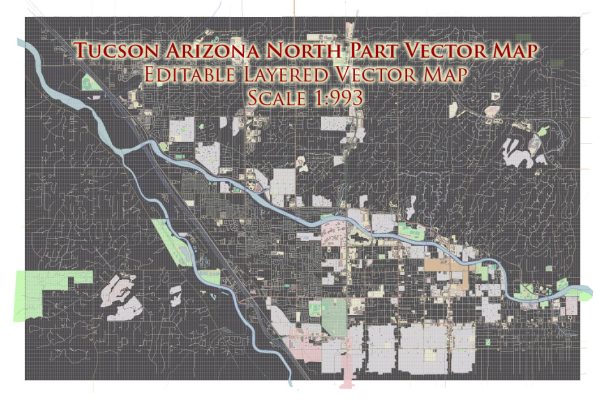
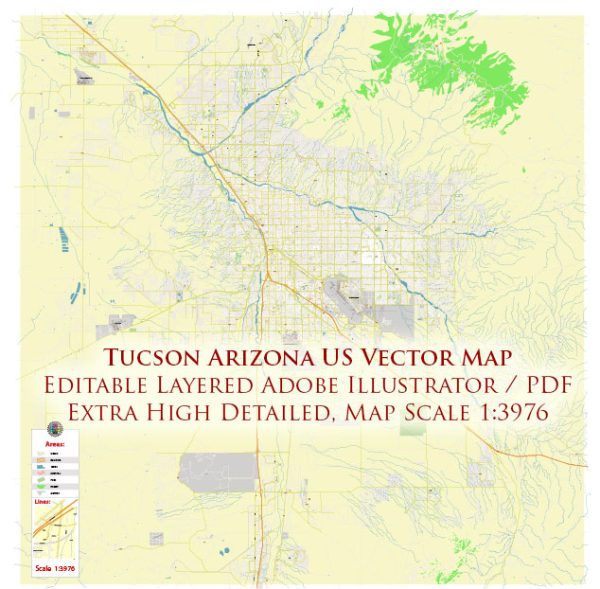
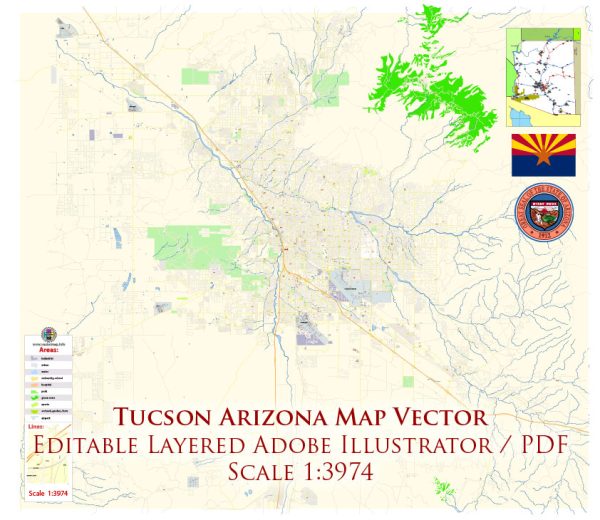
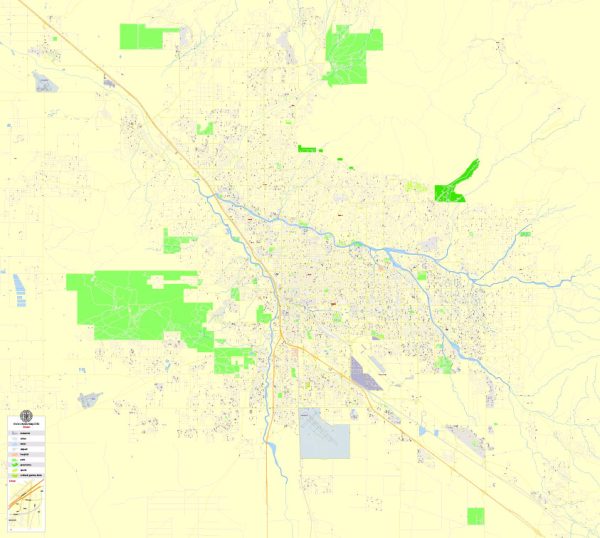
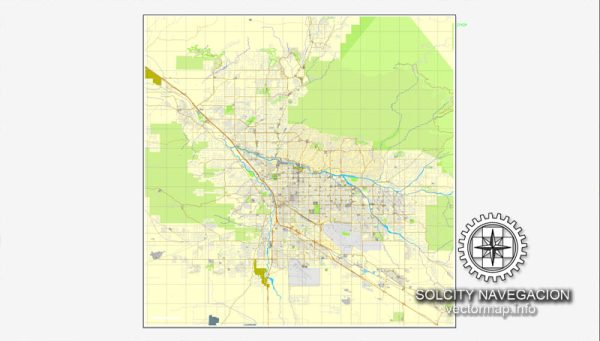
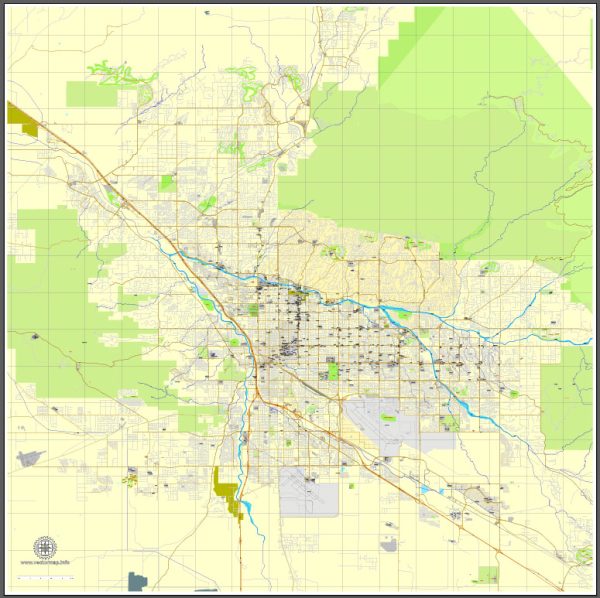
 Author: Kirill Shrayber, Ph.D.
Author: Kirill Shrayber, Ph.D.